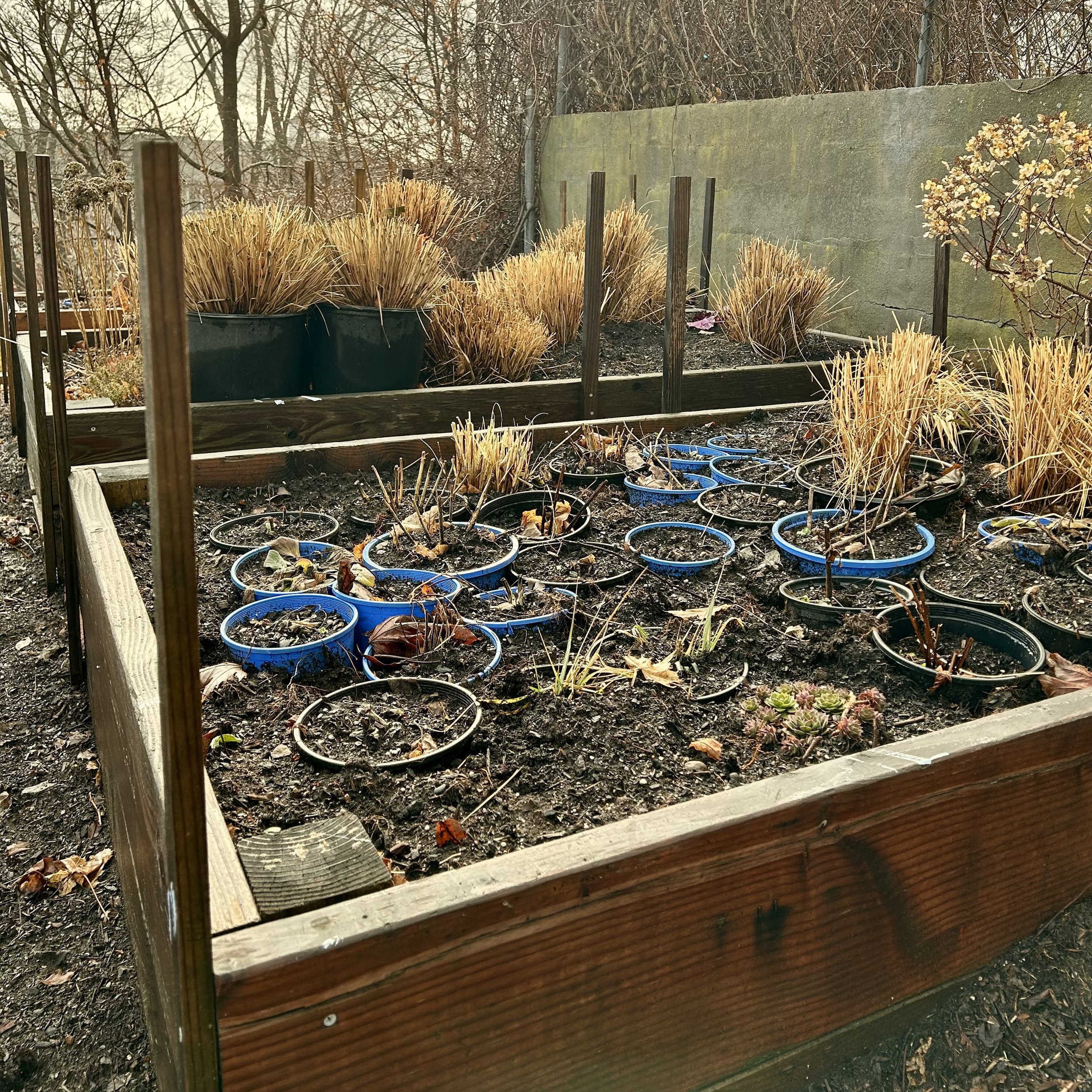A couple pics from of some recent planting designs.
Consider Native Plants For The Garden
Incorporating native shrubs in your landscape design offers numerous benefits aside from their beauty, including improved biodiversity, lower maintenance, and enhanced resilience. Native shrubs also provide food and shelter for birds, pollinators, beneficial insects and other wildlife. They’re well-adapted to local climate and soil conditions, requiring less water and fertilizer when compared to non-native species. Additionally, native shrubs help prevent erosion, improve soil health, and contribute to a more sustainable landscape.
Pictured: Clethra alnifolia, Summersweet








